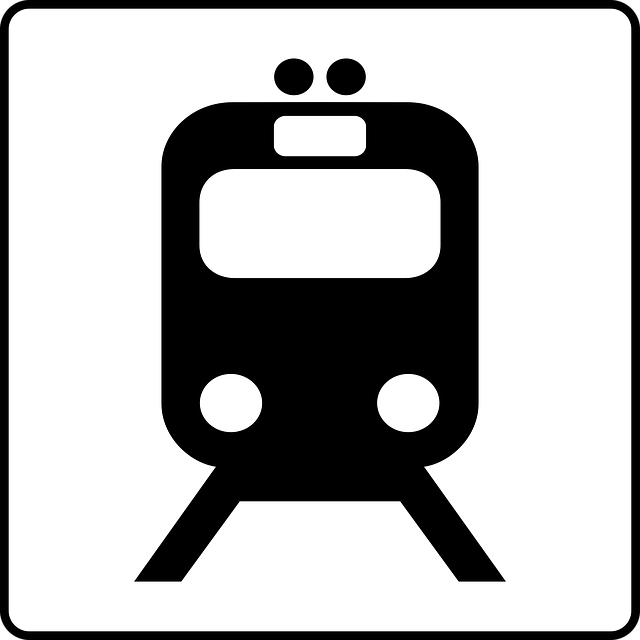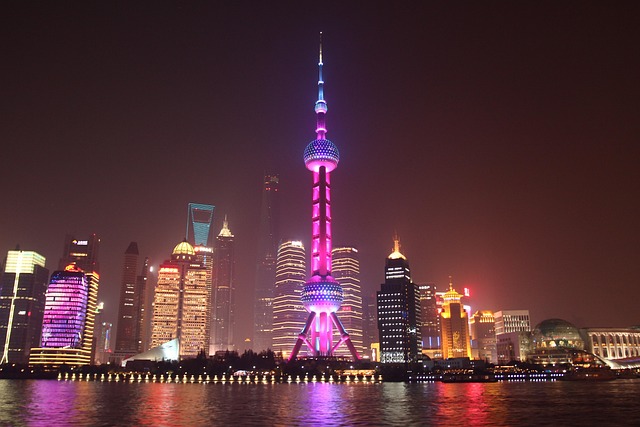Proximity to efficient public transit is a key real estate factor, reducing travel time and stress for commuters. Urbanization drives developers to prioritize sustainable commuting options like automated parking, integrated transport apps, and green infrastructure. Eco-conscious travelers seek environmentally friendly routes and properties in well-connected areas with mass transit systems, impacting real estate choices and fostering a greener urban future.
In today’s fast-paced world, convenience is paramount for commuters. When it comes to real estate, proximity to public transit, smart building amenities, and eco-friendly routes are becoming increasingly vital to attract and retain tenants. This article explores these key factors that enhance commuter experiences, focusing on how they contribute to a more efficient, enjoyable, and sustainable daily journey. By understanding these trends, developers can create spaces that cater to the evolving needs of modern commuters.
Proximity to Transit: Key to Commuter Convenience

Proximity to public transit is a crucial aspect that significantly influences a commuter’s daily experience, making it a key feature in real estate for those seeking convenience and efficiency. Being within walking distance or having easy access to bus stops, train stations, or subway lines offers immense benefits, including reduced travel time and stress levels. Commuters can save precious minutes (or even hours) that would otherwise be spent navigating traffic or waiting for transportation, allowing them to better manage their schedules and engage in other productive or leisure activities.
This convenience is particularly appealing to those with busy lifestyles—professionals, students, and families alike—who prioritize time-saving solutions. Well-connected neighborhoods with efficient transit systems can enhance the overall desirability of a property, attracting a wide range of buyers and tenants who value accessibility and mobility. As urbanization continues to grow, real estate developers are increasingly recognizing the demand for such conveniences, shaping urban landscapes with a focus on sustainable and convenient commuting options.
Smart Building Amenities for Efficient Commutes

In today’s fast-paced world, convenience is paramount for commuters. Smart building amenities play a pivotal role in enhancing their daily routines, making them key considerations in real estate choices. Features such as automated parking systems reduce search time and stress, while integrated public transport apps provide real-time updates on schedules and routes, ensuring efficient journeys.
Additionally, smart buildings offer convenient access control through biometric scanners, eliminating wait times at security checkpoints. Energy-efficient technologies like motion sensors and smart lighting further benefit tenants by reducing utility costs. These innovations not only contribute to a greener environment but also create a more comfortable and appealing living or working space for commuters seeking convenience in their daily commutes.
Greener Routes: Appealing to Eco-Conscious Travelers

For eco-conscious travelers, choosing greener routes is becoming an increasingly important factor in their daily commutes. In today’s digital era, many are seeking sustainable transportation options that align with their values. This shift towards environmental responsibility extends beyond personal vehicles; it also influences how individuals navigate their real estate choices and commute to work.
By promoting public transit, biking lanes, and pedestrian-friendly paths, real estate developers can cater to this growing demand. Offering properties in areas with efficient mass transit systems not only appeals to environmentally conscious commuters but also contributes to reducing carbon footprints. Green initiatives like carpool incentives, electric vehicle charging stations, and shared mobility options within residential communities further enhance their appeal, ensuring a more sustainable future for urban dwellers.






